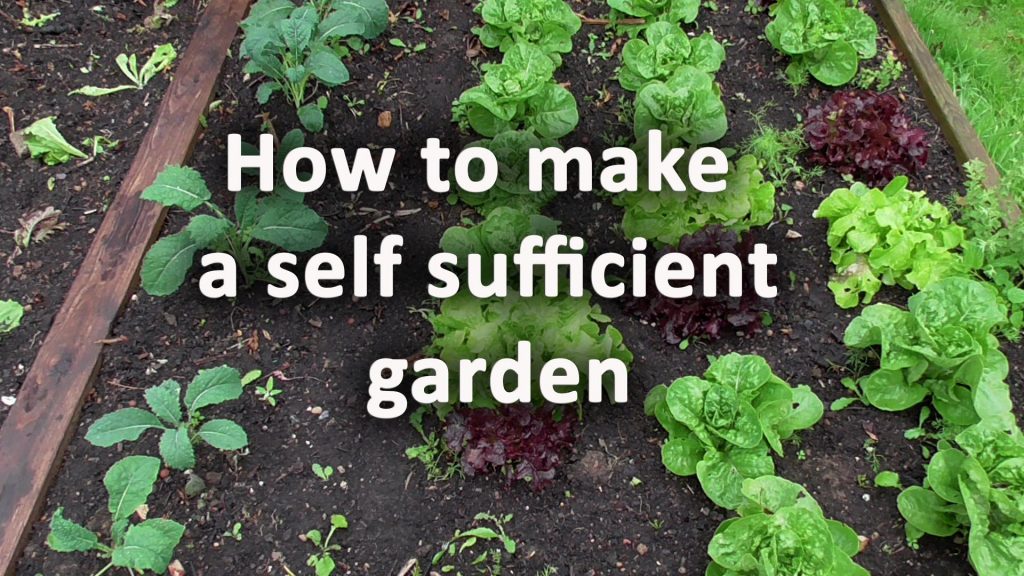Today we are all trying to reduce our impact on the planet and help reduce climate change. Very often a lot of emphasis is placed upon alternative forms of energy and driving electric vehicles. However the actions which make the biggest impact are how we live our lives. Not wasting electricity, insulating our homes and using less plastic, there is so much which can be done on an individual level.
More often than not the role of gardens in becoming more sustainable is completely underestimated. Gardens provide physical, outside space which gives us the opportunity to boost biodiversity and grow our own food.
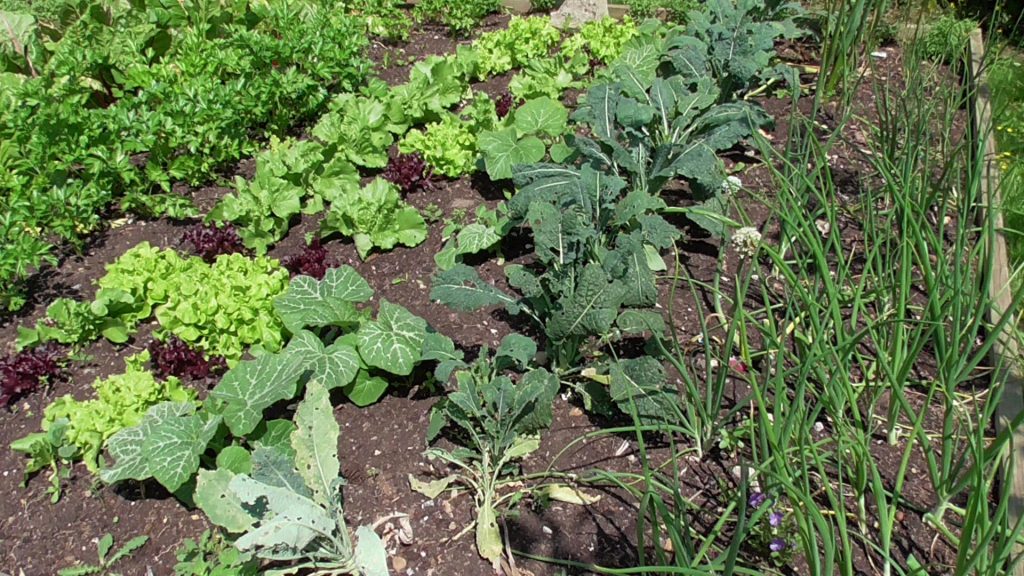
If you are lucky enough to have your own outside space there are many natural forces you can harness. From producing tasty treats to recycling, and even producing your own electricity, gardens provide so much, exciting potential!
If you want to know how to make a more self sufficient garden, look no further! We have listed multiple garden projects to make you more self sufficient and start a green revolution today!
Start a vegetable patch
Not only is growing your own vegetables fun it is great for the environment. Most of the food we eat is produced many miles away increasing its carbon foot print. Supermarket vegetables are mass produced on farms using machinery which burn excessive amounts of fossil fuels.
This makes them completely unsustainable and contribute to polluting the environment. Supermarket vegetables are also treated with chemicals such as pesticides and herbicides which can do much harm to ecosystems. Starting a vegetable patch is both simple and affordable.
You will need to choose a sunny part of the garden and work the soil to make it fertile.
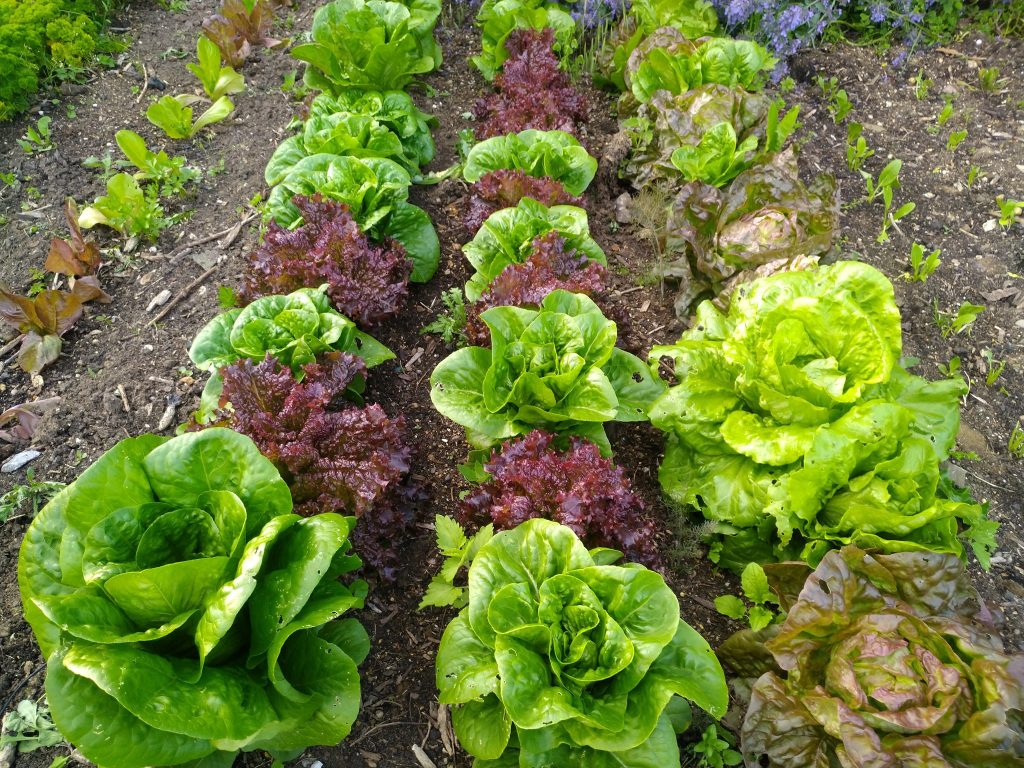
Why not watch my video on starting a vegetable garden below
Plant an orchard
Orchards are a fantastic way to produce your own fruit and nuts. Fruits such as apples, pears, cherries and plums all grow on small trees and easily grown in gardens.
You will have to assess your garden to make sure you have enough room as some trees can grow very large. However if you have a smaller garden you can easily grow fruit bushes such as red and black currents. Fruit trees can be grown in pots and there are also dwarf varieties now on the market.
Fruit orchards once planted produce year after year without any additional work. As orchards are made up of small trees they also help to capture carbon dioxide from the atmosphere.
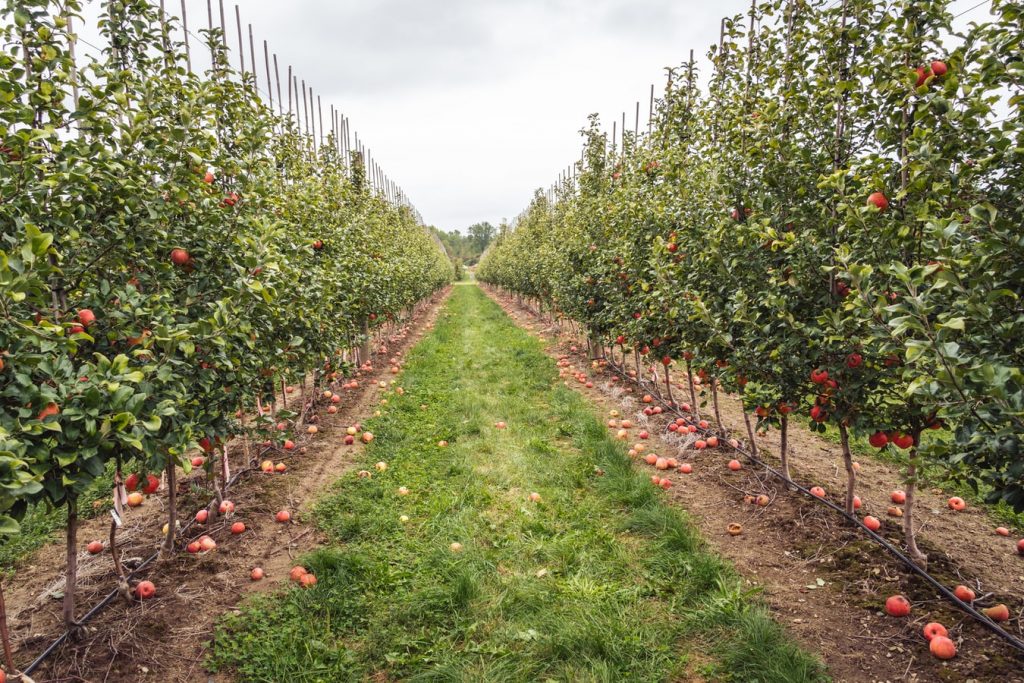
Grow perennial vegetables
There are many less well known vegetables known as perennial vegetables. These perennials are beneficial as once they are established grow back every year without the need for replanting. Unlike conventional vegetables which are annuals, this saves a lot of time and work. Some perennial vegetables are also very attractive garden plants which can also work well in the flower border. Better known perennial vegetables include crops like Rhubarb, Globe artichoke and Asparagus.
However there are many others including; Good king Henry, Fiddlehead ferns, Oca and Chinese yam which are less well known. Why not check out our article all about perennial vegetables here.
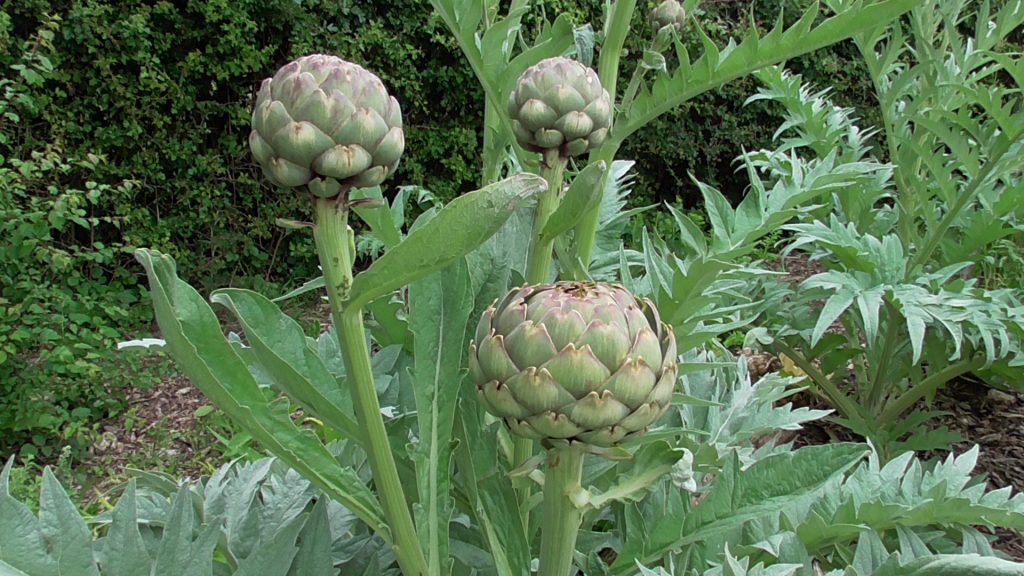
Grow native plants
Many of the plants we buy in garden centres or online are from other countries with different climatic needs. This is why gardeners are always concerned with late frosts and cold weather conditions.
If you grow native pants this is not so much of an issue. Native plants are specimens which naturally occur in your climatic region. These are much more accustomed to local conditions such as pests, temperate and rainfall.
This means you do not have to use as much energy establishing and nurturing them. Native plants also do not require as much irrigation in summer and are beneficial to wildlife.
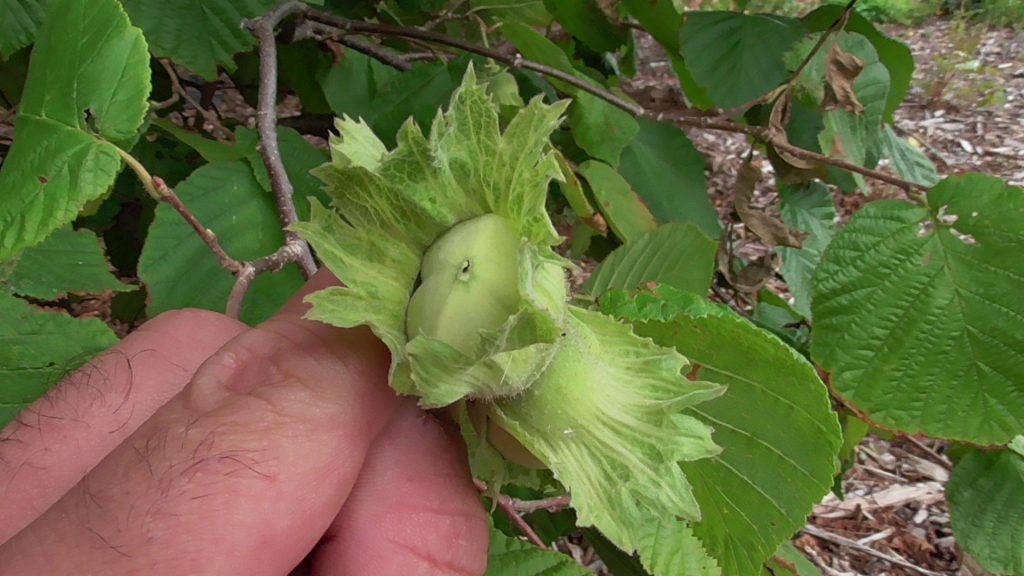
Grow herbs
Herbs are expensive to buy in supermarkets and never taste as fresh as home grown. Herbs such as Rosemary, Thyme and Mint are so easy to grow they are well worth the effort.
Try to find a sunny spot and build some raised beds for extra drainage. There are a wide range of herbs to choose from culinary herbs like oregano and parsley to herbs which are great for tea. Herbs like lemon balm are exceptional for a bed time brew and mint with fennel is a great for digestion.
Herbs come in such a wide variety of aromas and provoke you to start using your garden as a resource. This is the first step to making a truly self sufficient garden.
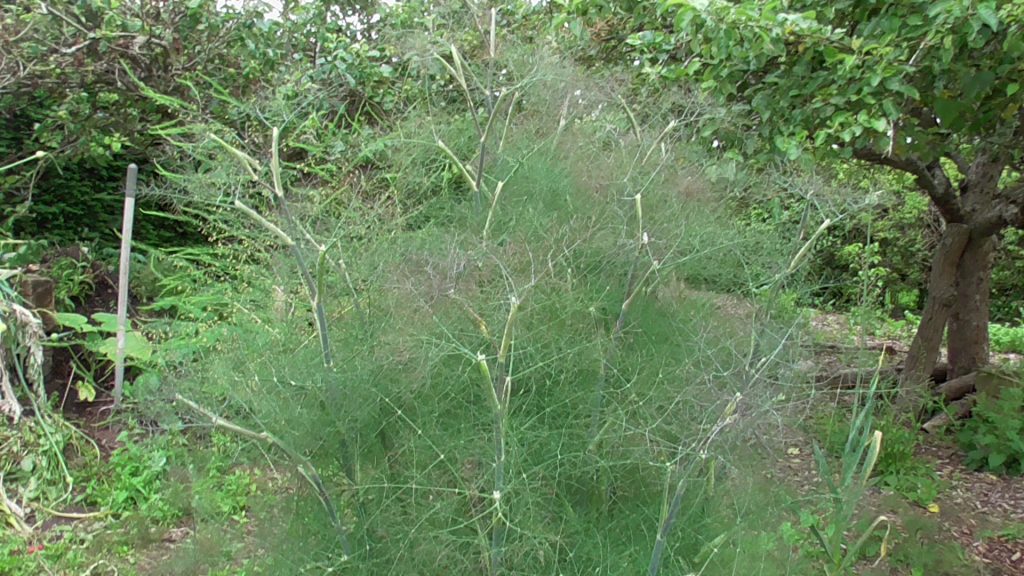
Compost organic waste
Composting is such an important element of self sufficient and organic gardening. If you want to garden for a greener planet you need to recycle nutrients and invigorate soil life.
Every grain of soil has millions of microorganisms which help to break down organic matter. This process creates nutrient rich soil which plants need to be healthy. Unfortunately today many people throw out naturally produced organic material from their gardens.
Grass clippings, hedge trimmings and autumn leaves are cleared away starving soil life. By collecting these materials and composting them you can produce perfect compost which is great for your garden soil.
You can also add green kitchen waste, paper and untreated card which reduce landfill. Successful composting is an essential step to creating a self sufficient garden.
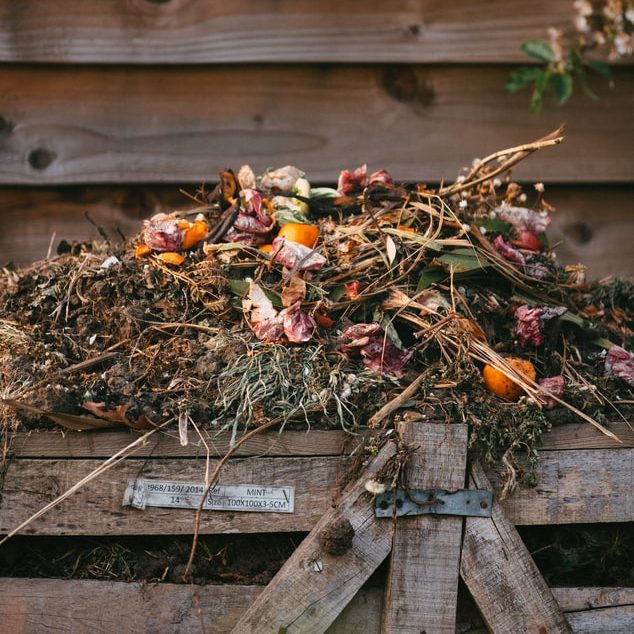
Provide wildlife habitats
Unfortunately today most gardens have become boring expanses of hard surfaces and lawn. Both of these are like deserts to wildlife, with absolutely no habitat value at all.
It is important to provide places to live and feed for wildlife as it helps to keep our environment in balance. If there are no birds, small mammals and amphibians there will be nothing to eat pests! Gardens have become important havens for essential pollinators like bees. One third of all the food we eat relies on bees for pollination.
Providing them with places to shelter, feed and nest is absolutely essential for our very own survival. Humans are a part of a larger ecosystem which we are systematically destroying. Gardens are a fantastic opportunity to create havens for wildlife and help save local biodiversity.
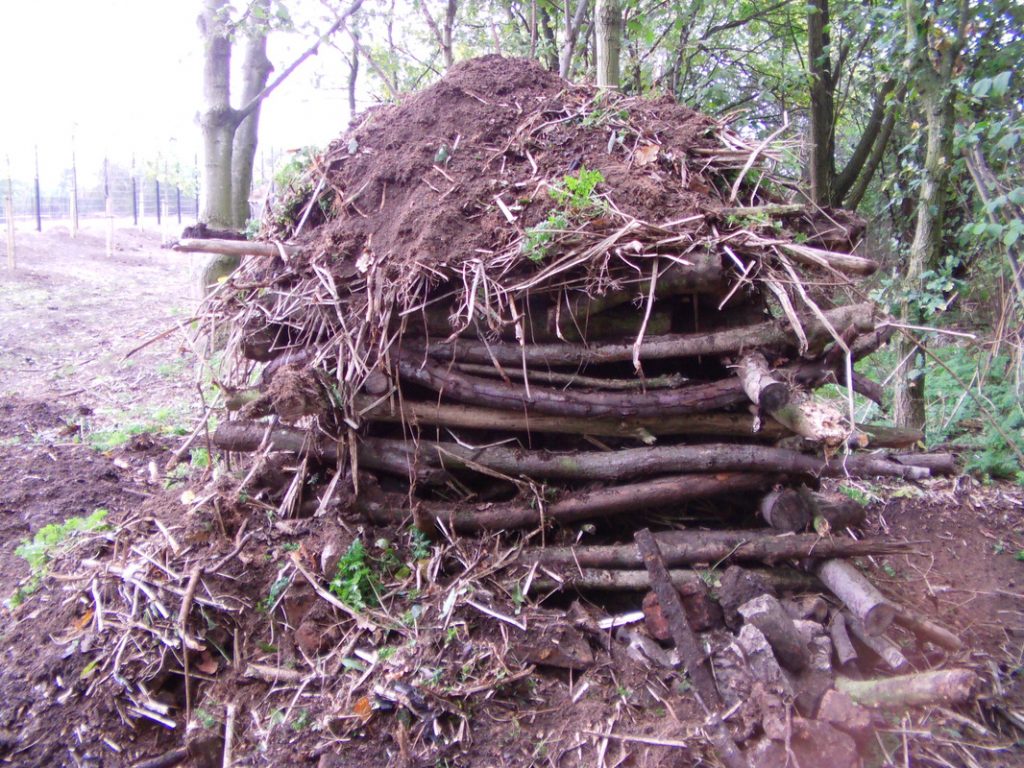
Replace lawn with meadow
Lawns are some of the most unsustainable and polluting elements of our modern, garden landscaping. Lawn mowers are some of the most polluting and energy consuming appliances we own.
This is not to mention the millions of small creatures they kill and injure every year. The short grass of lawns prevents it being inhabited by small creatures making it barren and uninviting. Even if you replace some of your lawn with meadow it can make a huge difference to wildlife.
You can create a meadow by simply not mowing your lawn. For a diverse wildflower meadow plant wildflowers in the grass or reseed with a wild meadow seed mix.
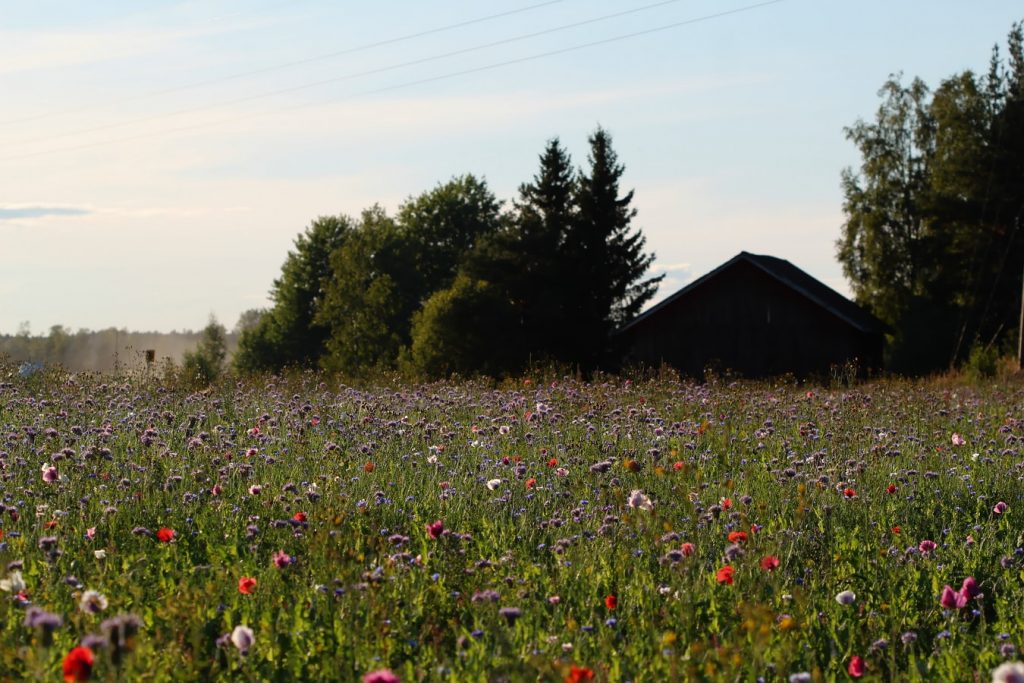
Make a wildlife pond
If there is one thing you can do to encourage wildlife it is by digging a wildlife pond. Small fresh water ponds and wetlands used to be common all over the country.
These used to provide valuable habitat to many wetland species. Farms had multiple large watering holes so farm animals could drink. With the arrival of mechanical farming however these were replaced with troughs and wetlands were drained.
This resulted in a dramatic reduction of wetland species and wildlife in general. By creating a pond in your garden you will provide a safe place to drink and important habitats for aquatic life.
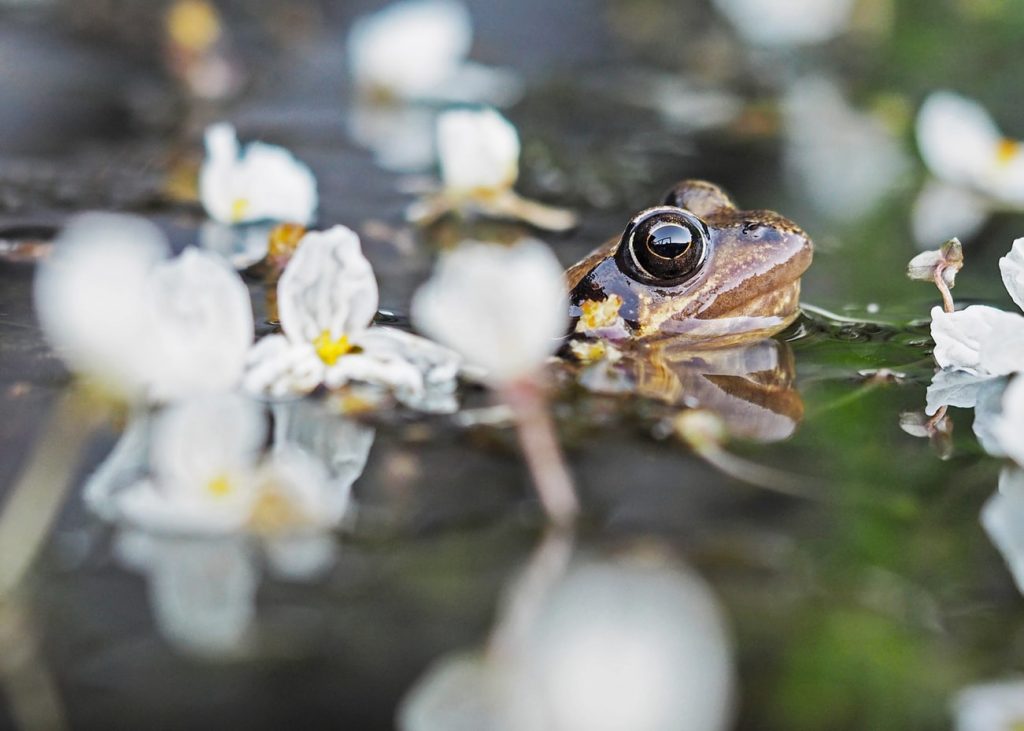
Install sustainable drainage
In modern times we have become obsessed with low maintenance gardens and extra parking. This has led to an explosion in hard, impervious surfaces such as paving and artificial lawn.
Not only has this reduced biodiversity in our gardens but led to excessive amounts of storm water runoff. This has resulted in flash flooding during times of heavy rain and flooded gardens. The reason for this is the ground no longer is able to absorb moisture naturally.
One of the ways this can be solved is to implement sustainable drainage. This can be achieved in many ways but fundamentally allows rain water back into the ground. Permeable paving, bioswales, and drainage wetlands are all ways to manage drainage sustainably.
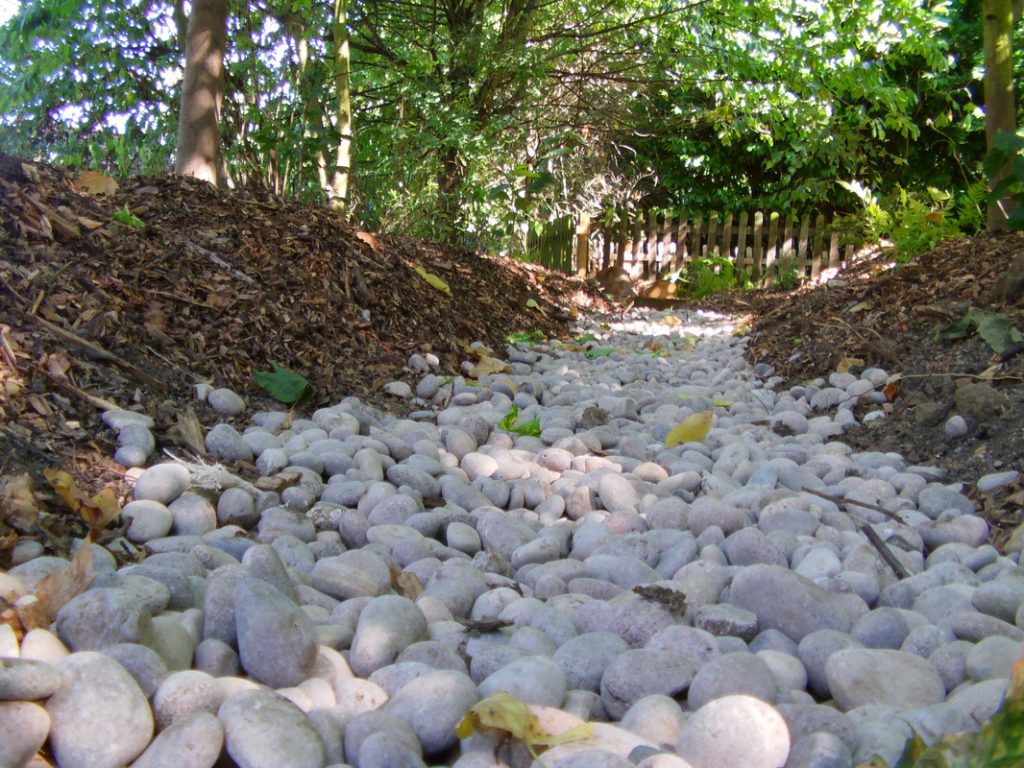
Install a water butt
Many people take fresh water for granted today but the fact is it’s a valuable resource. With global temperatures steadily rising and desertification an increasing problem water wastage should be avoided at all costs.
Most of the water that falls onto our roofs and buildings is collected and flushed into the drainage network. This can lead to flash flooding downstream and is simply allowed to flow out to sea. A way to make great use of this water is to install a water butt.
This will collect excess rain water so you can use it on your garden when it is needed. Plants prefer to be watered with rain water as it has not been treated with chemicals like tap water.
Install a green roof
Gardens have sheds and garages with flat roofs which increase surface runoff and contribute to the ‘heat island effect’.
By installing green roofs to these surfaces they serve a number of sustainable functions. Green roofs retain rain water and release it slowly slowing down the effects of flash flooding. Green roofs become full of complex plant communities which help to cool the building in hot summers.
Similarly during the winter months they actually help to insulate the structure from heat loss. Green roofs help to protect waterproofing membranes from the suns UV radiation saving for costly repairs later.
They also host the formation of complex plant communities and provide excellent wildlife habitat. Installing a green roof is a very beneficial contribution to a self sufficient garden.
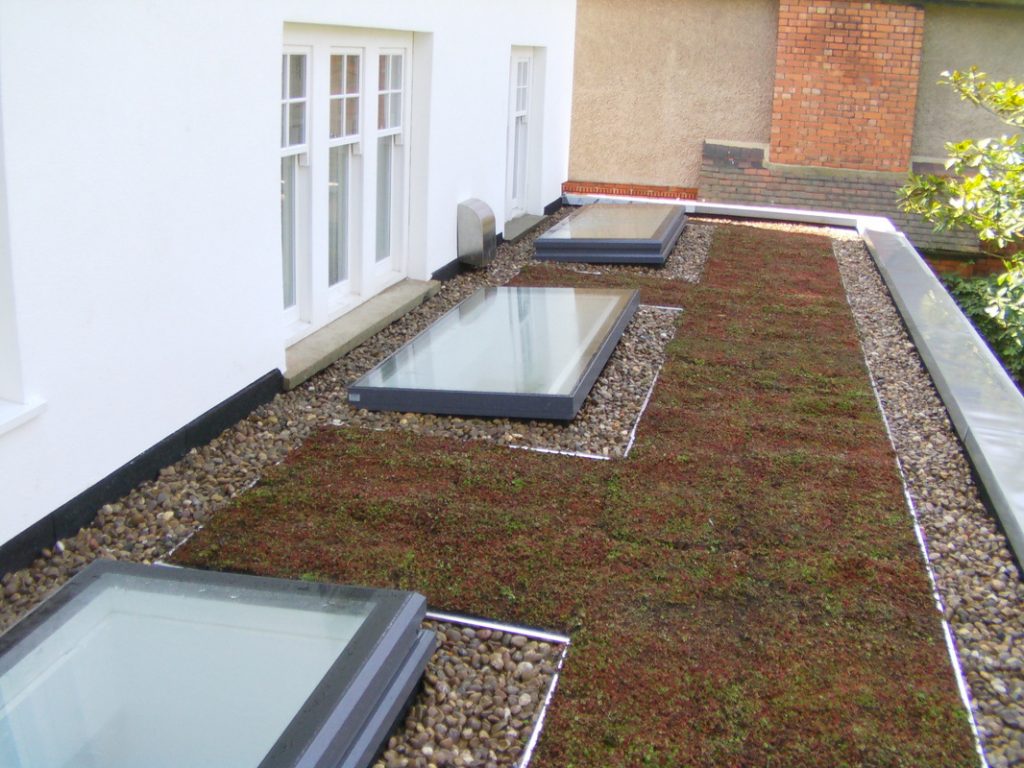
Use locally sourced materials
If you want to create a self sufficient garden it’s important to know where your materials have come from. This is because all materials and products have a carbon foot print.
If materials have travelled from the other side of the planet it has a larger ecological impact. Therefore try to recycle materials where you can and buy only locally sourced products. This will also help your local economy and community.
Keep chickens
Chickens have been kept by people for thousands of years and for good reason! Chickens peck away at garden weeds and consume unwanted garden pests.
Even better, they will actually turn these into, nutritious, organic eggs for you and your family. Chickens are more than happy in back gardens and are a lot of fun to keep. Not only will they provide fresh eggs their manure is fantastic, garden fertiliser!
Chickens have fun personalities and will keep you entertained for hours on end. Every garden trying to be more self-sufficient should have at least some chickens.
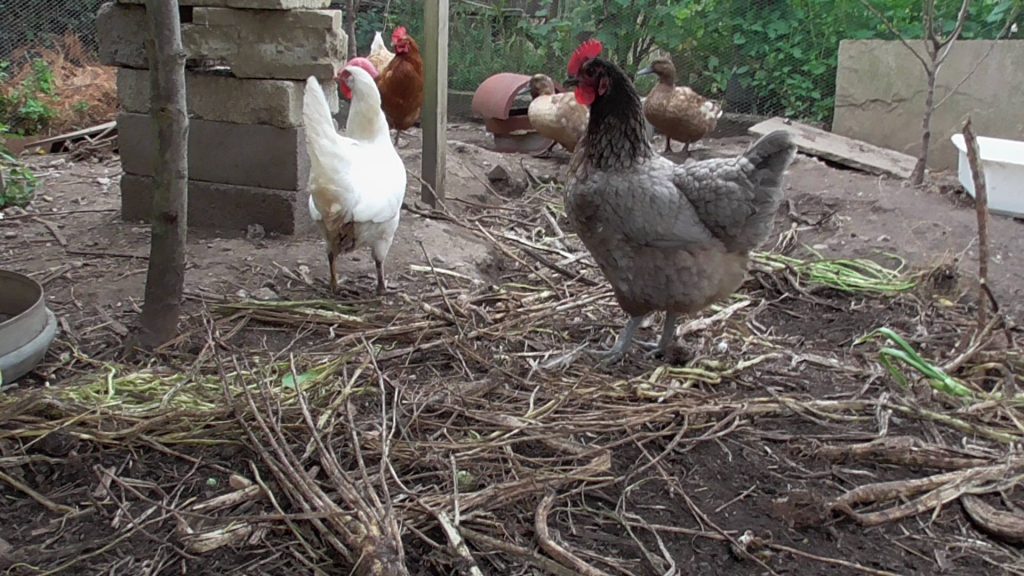
Start bee keeping
The sweet honey produced by bees is one of nature’s many treasures and tastes absolutely delicious. What’s great about honey is the flavour takes on the characteristics of pollen and nectar it was produced from.
Therefore the end product is completely unique to you and your locality. Bee keeping is actually very productive even in the centre of towns. This is because gardens provide such a wide range of plants and flowers to collect honey from.
If you really are serious about bee keeping try reading a book on the subject first. Then you may wish to join your local bee keepers association so you are ready for setting up your first hive.
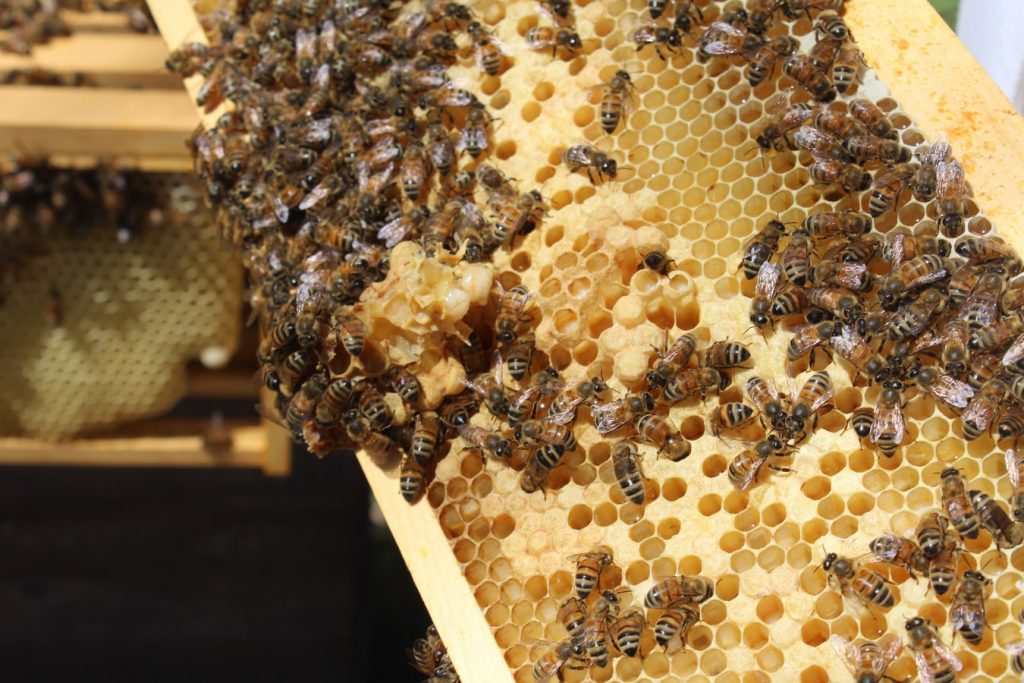
Install a wind turbine
With modern technology increasing dramatically there’s never been a better time to create a self sufficient garden. In addition to boosting wildlife and creating food gardens can now even generate electricity.
If you live in a particularly exposed or windy location you can install your own wind turbine. These can turn to face which ever direction the wind is coming turning the electrical generator. The result is your very own green supply of sustainable electricity!
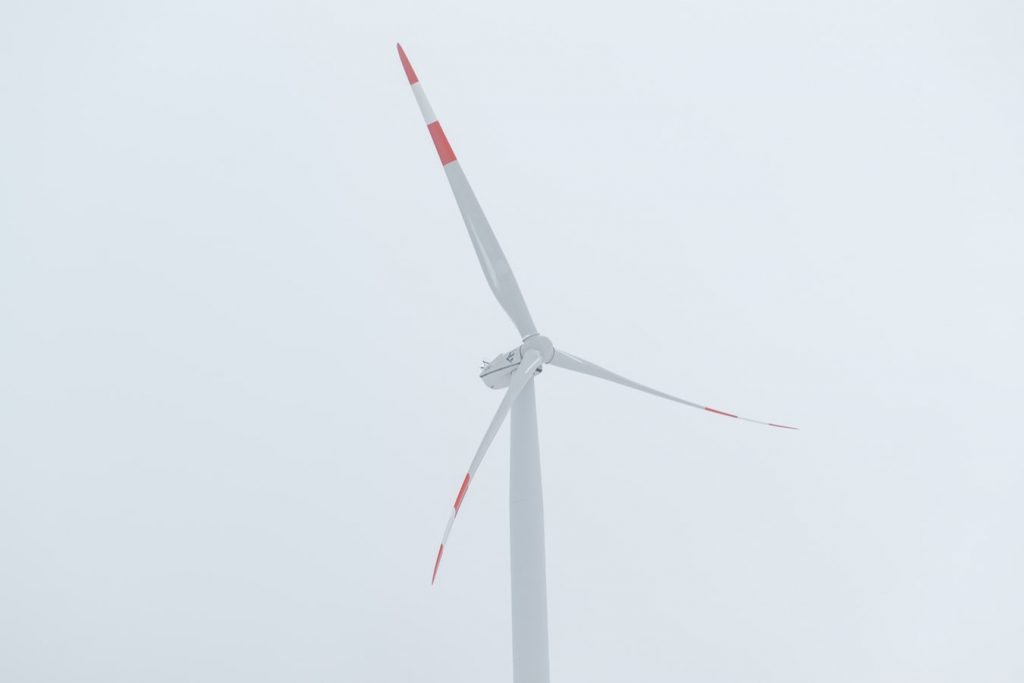
Install solar panels
Solar panel technology is increasing dramatically and has come a long way from the first panels. These panels turn the suns UV energy directly into electricity which can power the home.
Generally solar panels have been fitted to the roofs of buildings providing power for household appliances. However gardens offer a fantastic opportunity to also collect solar energy and create electricity.
Garage and shed roofs as well as shady pergolas can all have solar panels installed. There is probably no better time in history to be excited about making a self sufficient garden!
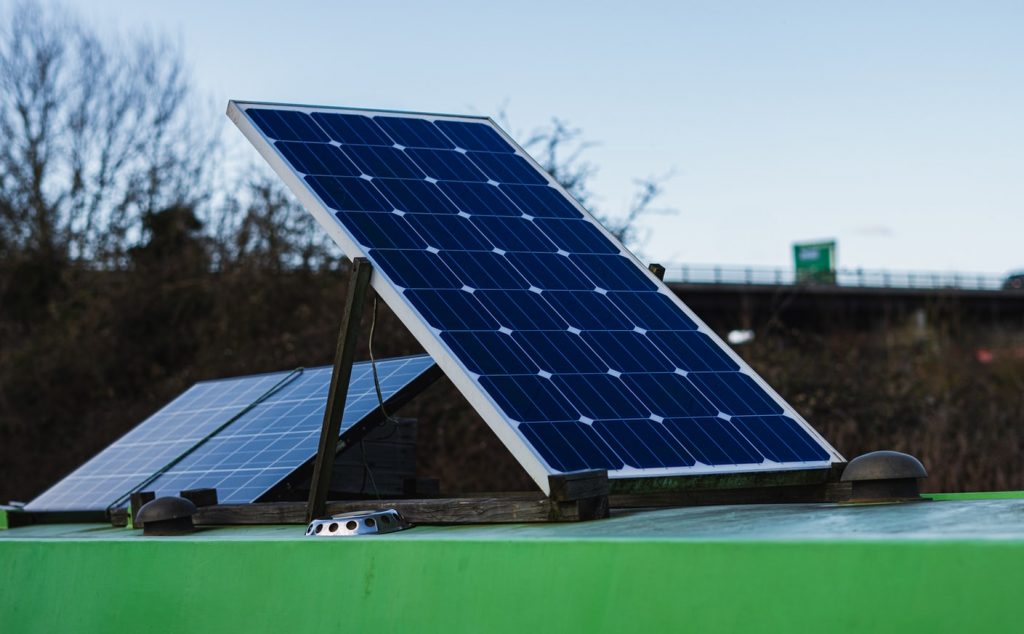
Install a storage battery
If you do decide you want to harness wind and solar power you may want to install a storage battery. When electricity is generated if it is not systematically being used it will become wasted.
However a battery storage system allows the electricity to be stored until it is needed. Some solar and wind turbine systems already come with such batteries. These can be connected into the existing, electrical infrastructure of the home.
Thank you for reading our article on how to make a self sufficient garden! Did you get any ideas for your own garden? Do you have any other ideas on how a garden can become more self sufficient? We would love to hear from you!
Back to home
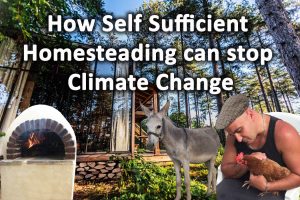
How Self Sufficiency and Homesteading can stop Climate Change
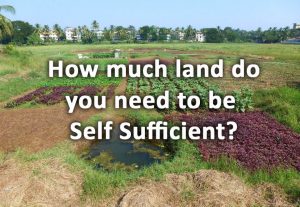
How much land do you need to be self sufficient?
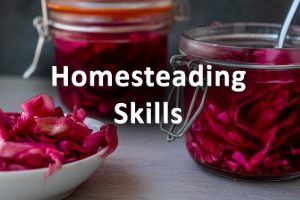
Homesteading skills, for Self Sufficiency
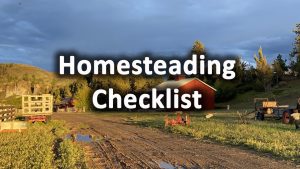
Homesteading Checklist for self sufficiency

A beginner’s guide to self sufficiency & its benefits
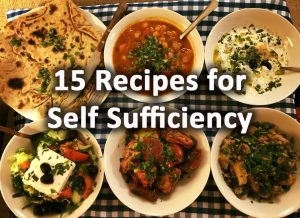
15 recipes for self sufficiency
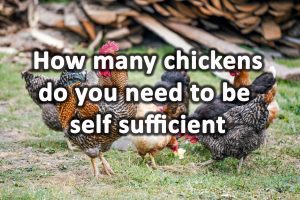
How many chickens do you need to be self sufficient?
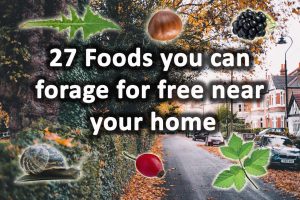
27 foods you can forage for free near your home
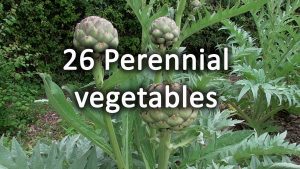
26 Perennial vegetables for the garden
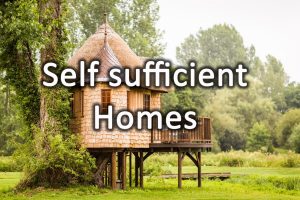
Self sufficient homes
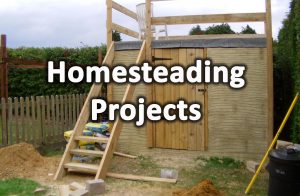
31 Homesteading projects
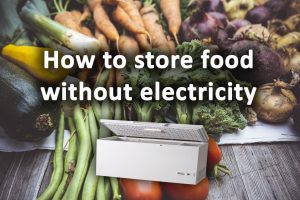
15 Ways to Store Food without Electricity
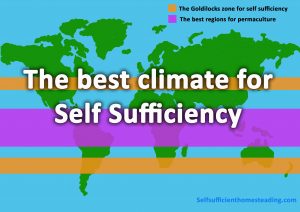
The best Climate for self sufficiency
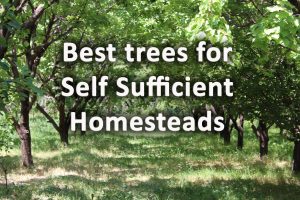
The most useful 22 Trees for a self sufficiency & homesteading
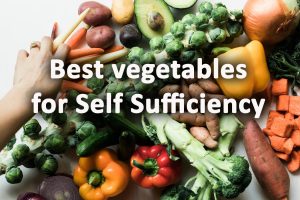
31 Vegetables for self sufficiency
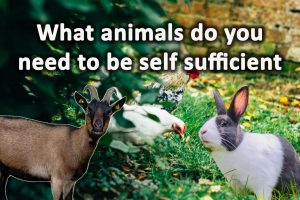
What animals do you need to be self sufficient?

How to stop Climate Change with Crops – Crops for climate change
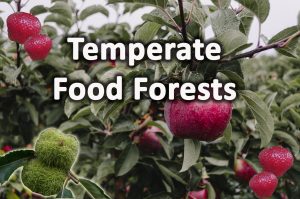
Temperate Food forests
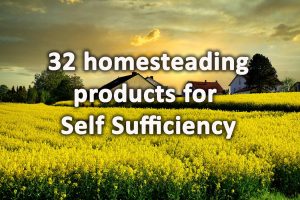
32 Homesteading products for self sufficiency
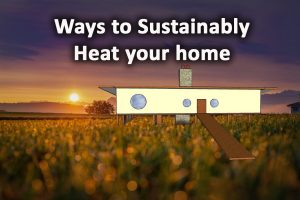
10 Ways to Sustainably Heat Your Home
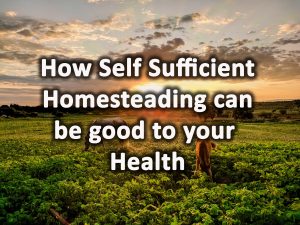
10 Ways self sufficient homesteading can be good for your health
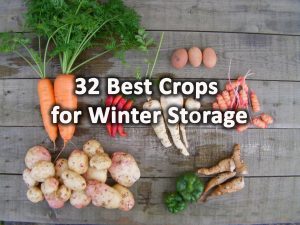
32 Best Crops for Winter Storage
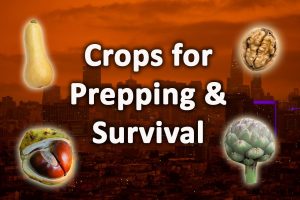
34 crops for prepping and survival
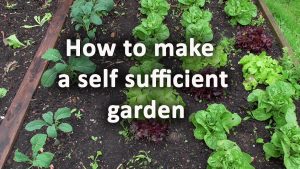
How to make a self sufficient garden
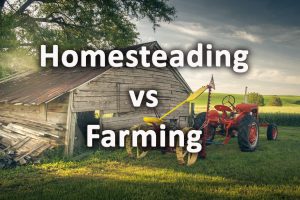
Homesteading verses farming what’s the difference?
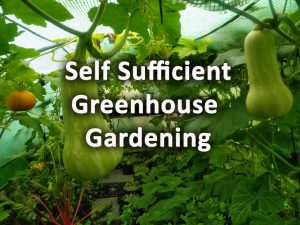
Self sufficient greenhouse gardening
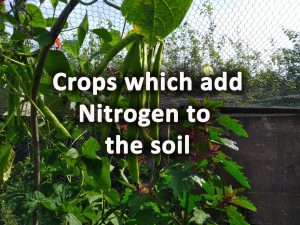
12 Crops which add nitrogen to the soil
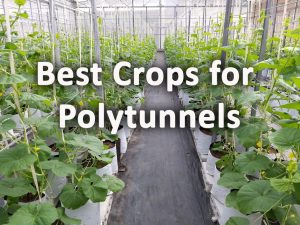
32 of the best crops for Polytunnels

12 Best Crops for Carbon Sequestration

